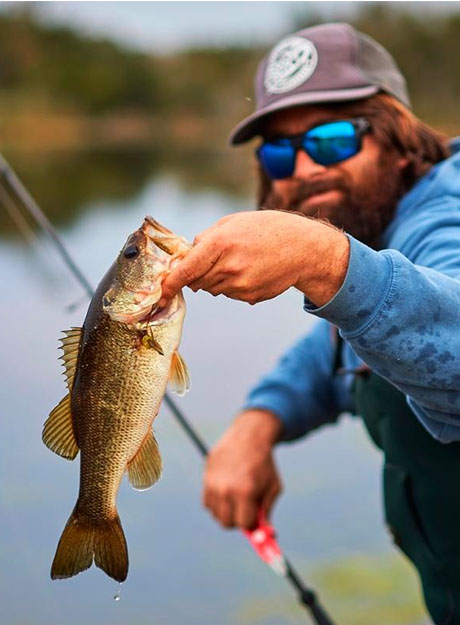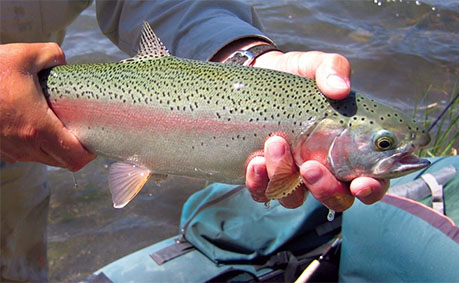Bluegill is one of the most popular game fish. These panfish are found in waterways throughout North America and are a favorite game fish among novice anglers who are just cutting their teeth. Bluegill are relatively easy to catch compared to larger game fish species. Where you might bass fish all day and get a couple bites, you’re sure to catch your limit of bluegill in no time if you can find a good location.
Even though you can catch a bluegill with a line, hook and the right bait, you’ll have better success, and catch larger fish, if you use a fishing rig designed to improve your presentation of bait or lure. The same fishing rigs that work for other game fish species will also work for bluegill. Just remember that bluegill have small mouths. When setting up a bluegill rig, you’ll want to keep your hook size between No. 6 and No. 10. You may also consider using long shank hooks that will allow you to easily remove the hook from their tiny mouth.
Bluegill can be caught using various common fishing techniques including bobber fishing, bottom fishing, drift fishing and even fly fishing. When selecting, bait, lure and fishing rig, take into account the fishing technique, season and location you’ll be fishing. Below are popular fishing rigs commonly used to catch bluegill.
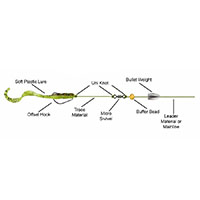
Used for casting and dragging across a target area where fish may be located
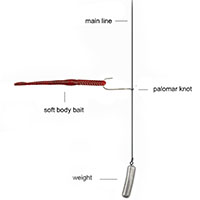
A bass fishing rig that can be fished deep, shallow, and anywhere in between
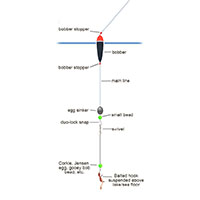
One of the most traditional and effective rigs for catching a large variety of fish
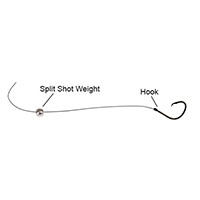
Simple and proven rig for catching trout, walleye and other freshwater game fish
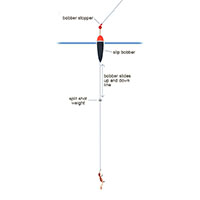
Can be fished at various depth with an easy adjustment to a bobber stop


